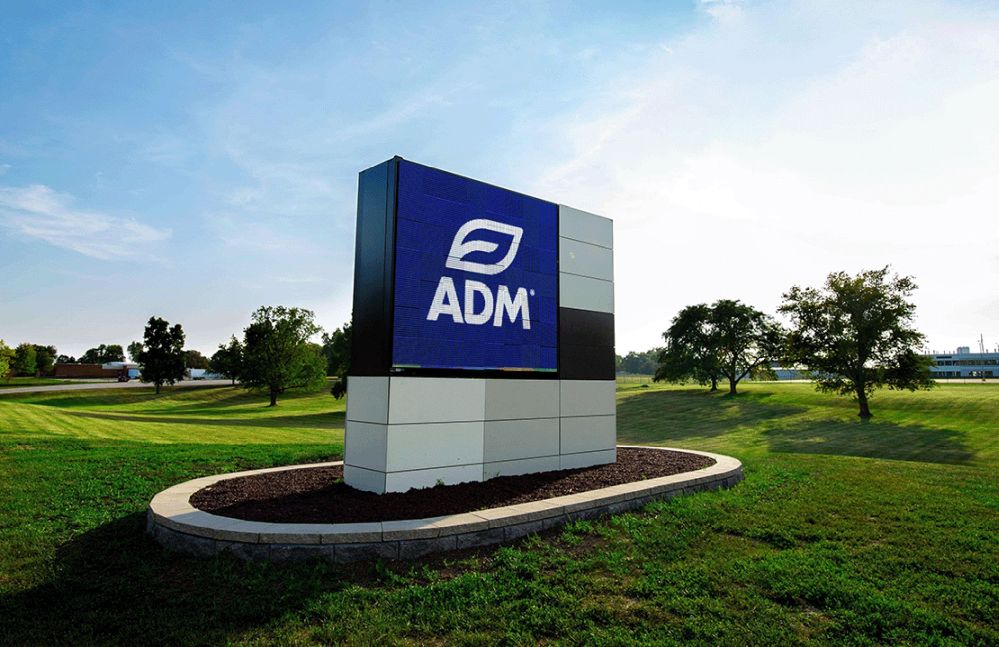When agrifood giant ADM kickstarted its regenerative agriculture efforts, few outside of organic farming had ever given the phrase much thought.
“When we had our first program, it wasn’t even called regenerative agriculture, it was just a cover crop incentive,” Paul Scheetz, director of climate smart ag origination at ADM, tells AgFunderNews.
He says ADM’s official regenerative agriculture journey began in 2012 as a kind of “fact-finding mission”; six years later, in 2018, ADM started to officially offer incentives to farmers to transition acreage over to regenerative practices via a pilot program.
But even in 2018, regen ag was a foreign concept to most. “In 2018 it would have a been muted response from supply chain partners, internal audiences, outside of our supply chain, government entities,” says Scheetz, who adds that the biggest thing that’s changed in regenerative agriculture in the last half decade is the industry’s perception of it.
The real acceleration started in 2022, when ADM took its regen ag from pilot- to large-scale programs across the US. The program had more than 2 million acres signed up for regen ag in 2023 and is aiming for north of 4 million by 2025.
“Since we exceeded our goal last year by a significant amount, we’ve adjusted what our goals here are for the next couple of years,” he says.
Regen ag: ADM’s definition
Industry-wide, there is no set definition for “regenerative agriculture.” ADM defines it as “an outcome-based farming approach that protects and improves soil health, biodiversity, climate and water resources while supporting farming business development.”
Additionally, ADM calls it “adaptive to local physical conditions and culture” and based on five principles of land management:
- Minimizing soil disturbance
- Maintaining living roots in soil
- Continuously covering bare soil
- Maximizing diversity with an emphasis on crops, soil microbes, and pollinators
- Responsibly managing inputs, including nutrients and pesticides

Transitioning farmers: ‘more than just a compliance exercise’
As awareness of regenerative agriculture grows, so too does the understanding that transitioning farmers to practices like no- or low-till growing and cover cropping is not an overnight shift. For corporates the size of ADM, with multiple geographies, commodities and farmer networks, the enormity of the task multiplies.
“Every single acre is slightly different, even if it’s within 10 or 20 miles,” says Scheetz. “Soil types are different. Climate conditions are different, commodities are grown differently as well. There’s not just this one design of a program that works across all programs.”
ADM has to work with farmers to help offset production costs associated with specific practices “that meets them where they are at the time of their operation,” he adds. In other words, it’s not about all farmers using the same cover crops or no-till farming or fertilizer efficiency tools.
“Having a whole portfolio of offerings that incentivizes them, and isn’t just a compliance exercise but a business opportunity, has been really critical to growth.” For example, “There’s a really low adoption rate for cover crops in the US: less than 7% of total acres. You have to have a different approach than maybe you would on no till for soybeans.”
Some financing assistance is available to farmers through ADM’s partnership with Farmers Business Network, though Paul emphasizes ADM doesn’t do any direct financing itself.
The company does offer technical assistance and advisory support through multiple other partners including Practical Farmers of Iowa and Nebraska, Minnesota Soil Health Coalition and the American Farmland Trust, to name a few.

More impactful than carbon credits
Scheetz says that in any successful regen ag program, “the first thing is that you’ve got to be able to engage a large subset of farmers about what you’re offering. We’re good at that — we have 60,000 farmer relationships across the US, and so we naturally have that touchpoint for conversations that will hep support a regenerative ag program.”
At the same time, “there’s core capabilities [ADM has] that naturally fit a successful regenerative agriculture program, but we do have some weaknesses in our core capabilities that need to be filled in with partners.”
Data collection, he adds, is critical to ensuring the outcomes of a program are properly measured. “We do not have an in-house data collection system, so we needed a partner for that. We settled with FBN because of their ease of use.”
ADM also works with technical assistance partners like the American Farmland Trust and others on conservation and agronomy.
When it comes to incentivizing farmers, downstream partners in food, fuel and feed play a critical role, he says. These companies, which include Nestlé and PepsiCo, among others, “help fund the program and also tie in the value of the regenerative agriculture program throughout the supply chain.” That is, farmers want to know that their efforts around regenerative agriculture are helping spur positive change — environmentally and economically speaking – within their own supply chain.
“Being able to share with farmers that their corn is going into an ingredient that PepsiCo could be buying or Nestlé could be buying tends to be more impactful at the farm than signing up for a carbon credit program to offset some technology company,” says Scheetz.

What’s next
In the near future, ADM will expand its regenerative agriculture initiatives into new geographies and commodities, says Scheetz. To date much of the company’s focus with regenerative agriculture has been in the US, on corn and wheat. Scheetz notes that ADM’s business covers many more commodities including peanuts, canola and cotton.
Improving overall outcomes is also a focus area for the company right now. “The truth is, there’s a lot of uncertainty around impacts of either carbon sequestration or carbon reduction. There has to be more collaboration across the supply chain to do more research, understand the uncertainties and try to reduce the amount of uncertainties,” he notes.
“There’s been significant uptick in the last 18 to 24 months of interest around a regen ag program, but it’s still relatively small scale versus our overall business. And there are still a lot of questions around these programs today, still education that’s ultimately needed and transparency across the supply chain.”
One long-term goal is to have the regenerative agriculture conversation “with every single farmer” ADM interfaces with.
Scheetz notes this doesn’t necessarily mean every acre in ADM’s supply chain will necessarily be transitioned to regenerative agriculture practices.
“Farmers know their operations significantly better than we know their operation. There may be some late adopters where [regen ag] doesn’t work for them because they have some sort of risk that’s associated with it.”
One example would be cover cropping in North Dakota, which can be a more challenging region for the practice than, say Georgia. “In that scenario, we still want to buy their grain,” says Scheetz. “We definitely want to have an initial conversation [about regenerative agriculture].”
“We want to learn from farmers about what best practices are,” he says. “And then we want to have as many conversations with our producers as we possibly can around a subject matter that’s relatively new.”




